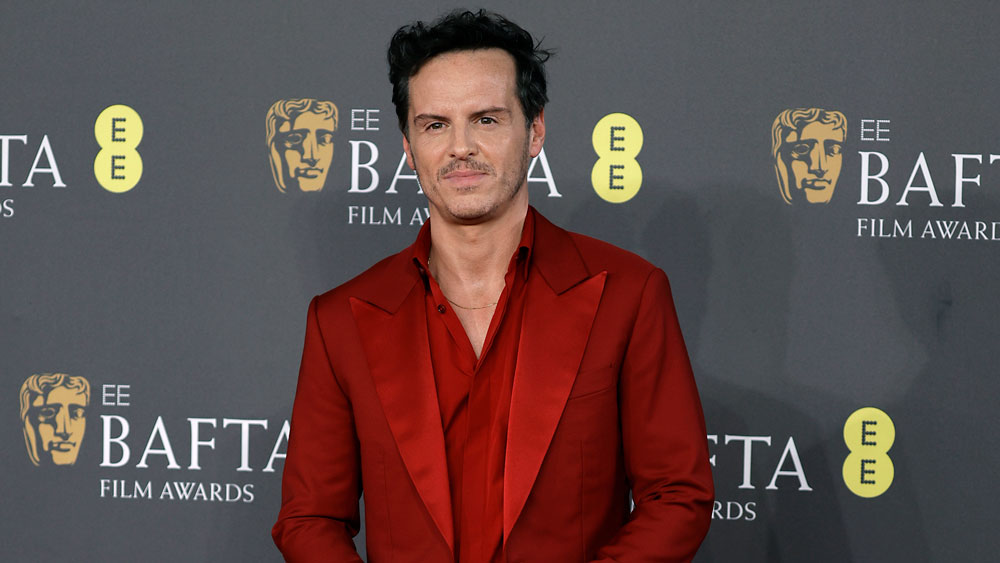July 4, 2011
Stars and Stripes and Zombies
Kilian Melloy READ TIME: 4 MIN.
You can't turn around these days without bumping into a zombie, or a "Horde" of them--on TV, at the movies, and in the book store. Why, even Jane Austen has been colonized by The Undead, in the new riff on a classic novel. "Pride and Prejudice and Zombies."
When Geroge A. Romero made his first zombies movies, he was mocking things like bias and consumer culture. But horror of all stripes has to have a deeper resonance in order to strike a cultural chord. Think of vampires, another perennial favorite: Well-dressed noblemen sucking the life blood from poor working saps. Bram Stoker's novel was horror fiction at its satirical best.
Much like horror, popular science fiction draws its power from currents of unease and dread. In the 1950s, a whole wave of sci-fi movies reflected a fear that America was being infiltrated by commies or worse: Hence the "pod people" of "Invasion of the Body Snatchers" and the featureless, citizen-absorbing mass of "The Blob." The one replaced upstanding citizens with police state-ready drones; the other simply devoured them, growing ever larger and stronger in the process.
So what's with the zombie-rama of the last half-dozen years? From the latest installments in the Romero canon to the freaky fun show antics of "Shaun of the Dead" and, arguable, "Zombieland," to the feral, vampirish zombies of "Stakeland," to the soapy dramatics of "The Walking Dead," zombies are a cultural staple as never before.
Why? Or the kids say: What's up with that?
Perhaps it's simply a mystery. Perhaps there's no accounting for taste. Perhaps as vampires got sexier and girls more interested in fang-tasies about well-groomed, dangerous, rich, immortal lovers choosing them for some heavy, even piercing, action, boys needed something a little more grotty and shambling to call their own. (And really, what's the difference when you get down to it between your average 17-year-old guy and a shuffling, inarticulate, filthy, and perpetually starving dude with bad skin and a vacant look in his eyes? I mean... is there a difference?)
But your columnist has another theory. I think that the tried and true chain of cause and effect is in play here: We are fascinated with zombies because they reflect some deep-seated dread in the American psyche. Specifically, I think that zombies pretty well sum up the way that conservatives think of liberals (whom they call "libtards" on certain right-wing chat sites).
What's more, zombies also sum up the way that liberals look at conservatives.
Think about it: You're a conservative and you fear -- really fear -- the mangy horde of grasping, ravening liberals (and, if like, wastrels and bums) who are massing on every front to devour you... or, at least, your wealth, which, to many conservatives, pretty much amounts to the same thing. Thoughtless and inexorable, the tattered horde of hoi polloi shamble forward, keening with hoarse cries for your flesh... and your cash...
Or, alternatively, let's say you're a liberal (the PC term is "progressive," though I don't that "liberal" is a dirty word, no matter how it's spat out with distaste by the Fox News crowd). To a liberal, hunger is not the fearsome force darkening the prospects of the future: Mindlessness is. A growling throng all muttering the same catch-phrase is a chilling thing to the liberal soul, whether it be "Brains!" or "Free Market!" A liberal, I think, looks at a thoughtless crowd and sees only a force for rampant destruction, with no consideration for the gray and smoke-filled aftermath. Liberals tend to be thoughtful, compassionate, empathetic; they tend to believe, probably with some naivety, that the major problems we face could be overcome, or even headed off, if human beings simple embraced the rational and responsible course of conduct rather than the most expedient one.
Each side can find, in zombie literature, a fiend that epitomizes what they fear about the other side. In a way, that's progress -- it's something we can agree on. But assuming that zombies really do capture some of the political zeitgeist, is that useful information?
Well, maybe. Anything that explains how Sarah Palin can go around claiming that only conservatives are "real Americans," and -- to no less a degree -- give us a handle for understanding how liberals can look upon conservatives as self-centered Neanderthals who hate America's traditions of fairness and commonality has some potential for humanizing the other side by giving us some approximation of how the world looks to their eyes. If we're both seeing the same thing when we look at each other, that gives us a place to start thinking kinder thoughts about the opposition, and more critical thoughts about our own political tribe. That, in turn, might one day lead to bridge-building, and who knows? Maybe even consensus.
If, that is, our own short-sighted, appetite-driven, pre-mental inner beast doesn't take us down first. Sometimes, I fear there's no avoiding that fate.
But if the Fourth of July is about anything, it's about celebrating both the stars and the stripes, the red and the blue. Yes, we're deeply divided, but it's good -- if only once a year -- to remember what it feels like to be United.
Kilian Melloy serves as EDGE Media Network's Associate Arts Editor and Staff Contributor. His professional memberships include the National Lesbian & Gay Journalists Association, the Boston Online Film Critics Association, The Gay and Lesbian Entertainment Critics Association, and the Boston Theater Critics Association's Elliot Norton Awards Committee.


